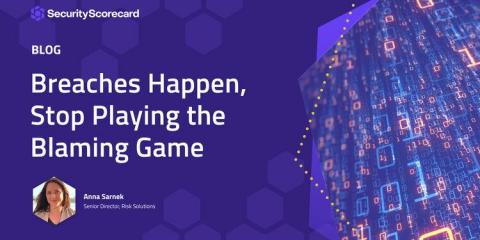Breaches Happen; Stop Playing the Blaming Game
A classic cybersecurity storyline: there is executive tension over cybersecurity spending, the company gets breached, and a blame game between the CISO and their peers ensues, resulting in the termination of the CISO as a form of remediation. Reports indicate that only 27% of CISOs stay in their role at a company for three to five years.









